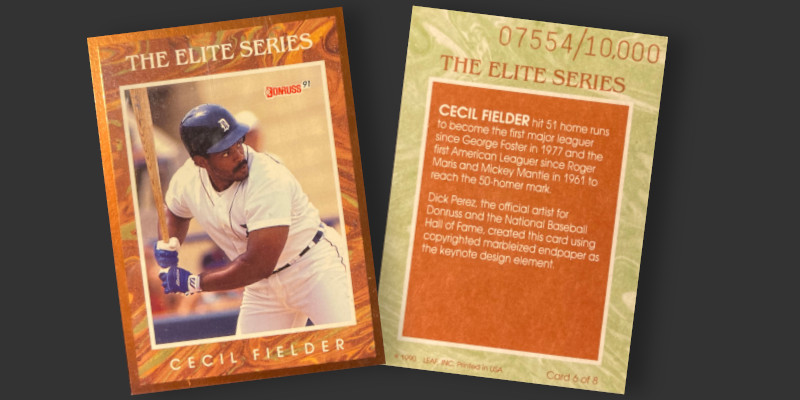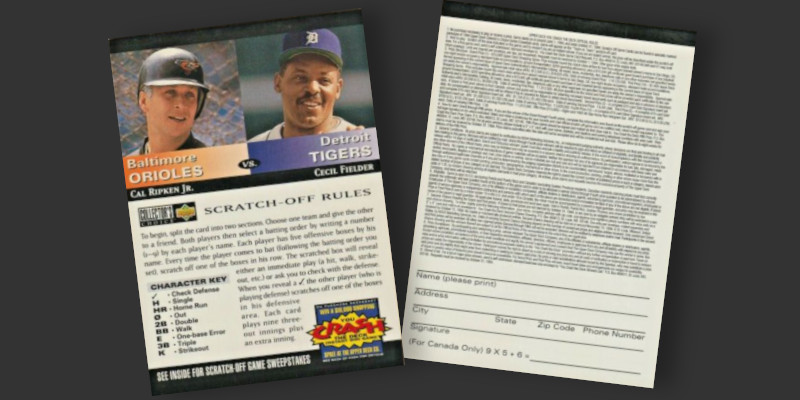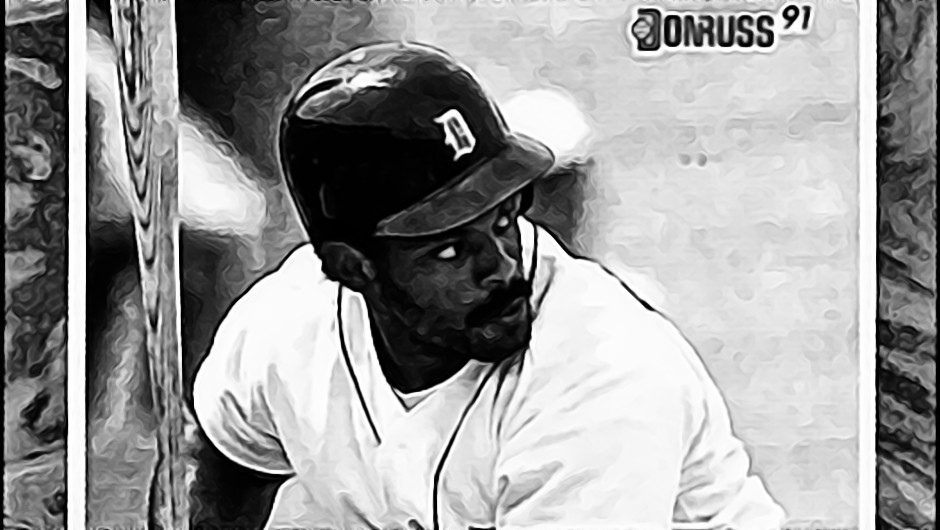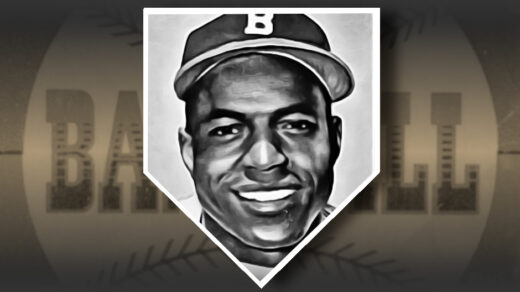I always wanted to discover a bronze-bordered Elite card hiding in one of those terrible looking beige packs of 1991 Donruss. I would have been excited for any name, event the less sought after Doug Drabek or Cecil Fielder, a fearsome slugger that was quickly forgotten by collectors within a couple years of hitting 51 home runs. I still have not found an Elite card in its natural wax paper habitat, but I did recently add a beauty of a Cecil Fielder card to my collection. This one does not have any of the border damage typically observed with the set and is in mint condition. This card will very likely represent the best grade of any card comprising my in-progress set.

Outside of a wave of Fielder fandom that followed his 190 home run barrage, collectors seemed to cool off his cardboard in the following years. Fielder still produced plenty of his trademark longballs, producing at a clip of 1 home run every 17.2 at-bats from 1991 to his retirement, a rate better than career paces of Jeff Bagwell or Reggie Jackson despite excluding Fielder’s best season.
I only remember finding one Fielder insert in all my time as a collector. In 1994 my brother and I bought ungodly quantities of Upper Deck’s Collector’s Choice cards. Aimed at younger and budget constrained collectors (12-year-old me!), the set was distributed in foil packs and factory sets. Each pack contained a scratch-off game piece picturing two players and the starting lineups of their respective teams. Given a checklist of 15 possible game pieces and the purchase of at least 100 packs between us, we ended up with a stack of Cecil Fielder/Cal Ripken scratch-offs.

These “cards” are extremely plentiful. Exact production figures were not published, but the spread of just 15 cards across a 1 per pack insertion rate implies production well above that of Fielder’s base card. My estimates put the production of game pieces at more than 90% above the already easy to find regular Collector’s Choice cards. It’s not often that one comes across an insert that is more common than a regular baseball card.

The card could be folded out to reveal an instant win scratch-off area corresponding with Upper Deck’s “You Crash the Deck” giveaway of various baseball-related prizes. The bulk of the cards’ interior real estate was taken up by a pair of opposing lineups. Players could each choose a team, set their batting order, and take turns scratching off events in the fictitious game that unfolded. Given Upper Deck’s intention for the cards to be used as a scratch-off game, it was assumed that man would be destroyed. I kept all of mine intact in the ’90s. In hindsight, it would have been way more fun to actually play the game.






